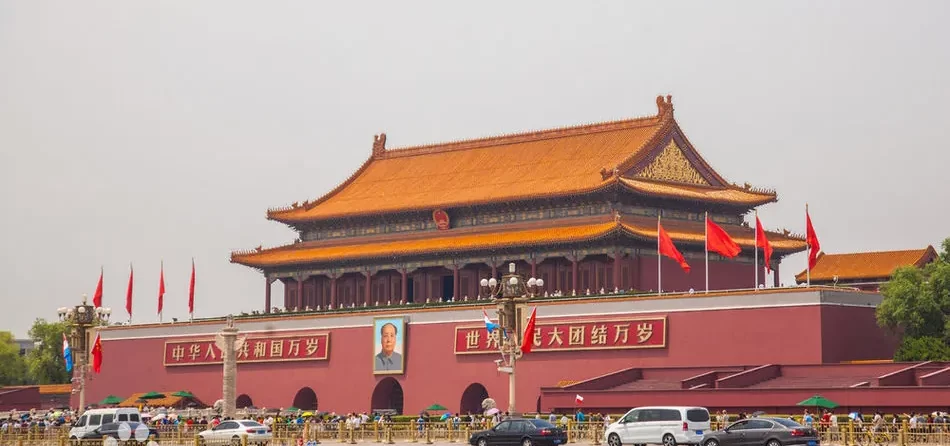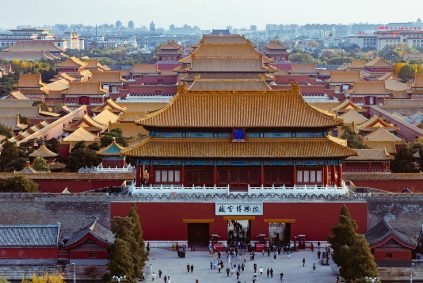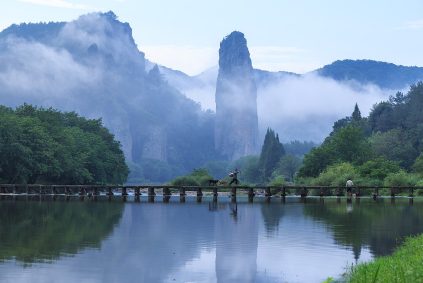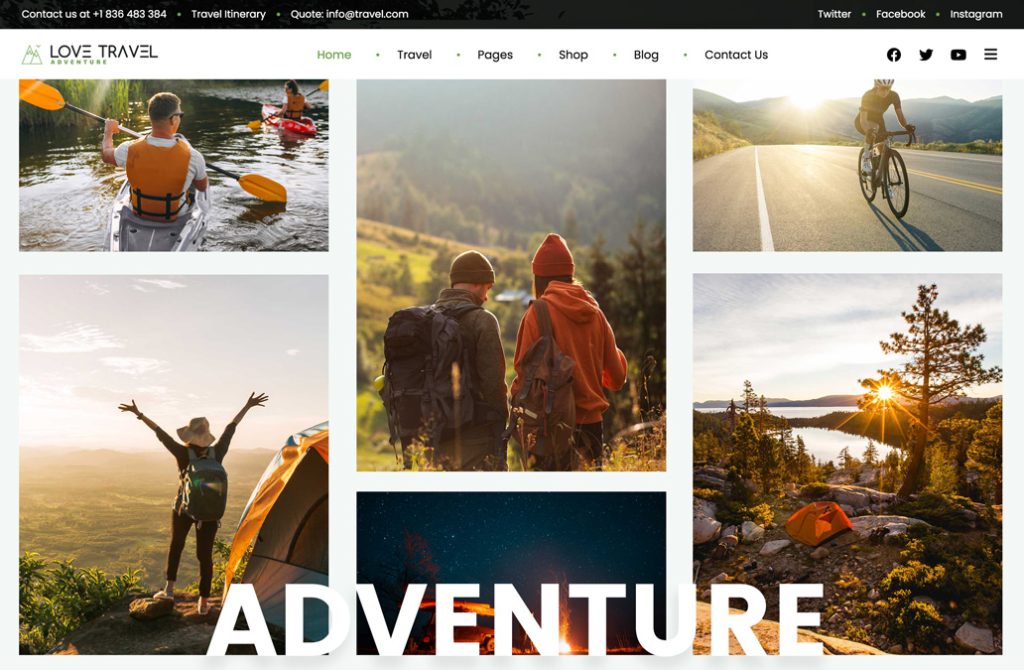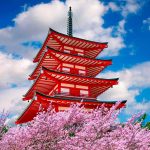During a trip to Beijing, especially when visiting popular scenic spots such as the Forbidden City, Tiananmen Square, Badaling Great Wall and Nanluoguxiang, there is a high risk of stampedes in crowded places. To ensure the safety of tourists, measures need to be taken from three aspects: personal prevention, on-site response and emergency escape. The following are specific suggestions:
First, personal precautions: Avoid risks in advance
Avoid peak hours and areas
Time period selection:
Indoor venues such as the Palace Museum and the National Museum are recommended to be entered within one hour after opening or one hour before closing to avoid the midday crowd rush.
Outdoor scenic spots such as the Great Wall give priority to weekdays or non-holidays, avoiding long holidays like May Day and National Day.
Region selection:
Avoid entering areas prone to congestion such as narrow passages, step entrances, and exit points after performances.
After the flag-raising ceremony at Tiananmen Square, tourists often flock to the subway entrance. It is recommended to plan the exit in advance and take a detour.
Be familiar with the safety exits and evacuation routes
After entering the scenic area, immediately observe the locations of the safety exits and emergency passages, and plan the shortest evacuation route.
Analogy: Large shopping malls, theaters and other places usually mark the evacuation directions on the ground or walls. Pay attention to the green indicator signs.
Clothing and equipment suggestions
Wear anti-slip shoes to avoid slipping in a crowd with high heels or slippers.
Choose a lightweight backpack and avoid carrying items such as long-handled umbrellas and selfie sticks that can easily scrape others over.
According to statistics from the Beijing Municipal Bureau of Culture and Tourism, 30% of stampede accidents in scenic spots are caused by tourists slipping and falling, which triggers a chain reaction.
Second, on-site response: Stay calm and orderly
Identify stampede risk signals
Crowd density: If the surrounding tourists cannot move freely, be vigilant immediately.
Sound changes: When there are sudden screams and shoving sounds in the crowd, a local stampede may have occurred.
Environmental anomalies: Ground shaking, flashing lights or a broadcast indicating “Emergency evacuation” require immediate action.
Maintain body balance and posture
Standing posture: Stand with your feet shoulder-width apart, hold your chest with your hands or grasp a fixed object (such as a railing or wall) to avoid being pushed over.
Fall prevention: If you accidentally fall, immediately curl up into a ball, protect the back of your head and neck with both hands, and keep your legs together and bent to reduce the area of injury.
Case: In the 2014 stampede accident on the Bund in Shanghai, tourists who maintained a “side-lying curled” position suffered relatively minor injuries.
Avoid backflow and congestion
Follow the “direction of the crowd” when moving, and do not force your way against the flow or stop to take photos.
If swept along by the crowd, you can move slowly to both sides and look for gaps to escape from the crowded area.
Analogy: In water flow, it is safer to go downstream than upstream. The same applies to stampede scenes.
Third, emergency escape: Quick evacuation and mutual assistance
Follow the instructions and announcements
The staff of the scenic area or the police will issue evacuation instructions through loudspeakers, electronic screens, etc. Immediate response is required.
Example: In case of an emergency when the Forbidden City is closed, the staff will guide tourists to evacuate through the nearest exit.
Give priority to evacuating vulnerable groups
Assist the elderly, children, pregnant women and others in evacuating first to prevent them from being pushed or trampled.
Analogy: The principle of “giving priority to the elderly, the weak, the sick and the disabled” in fire escape is also applicable to stampede accidents.
After evacuation, gather and report
After evacuating to a safe area (such as an open square or parking lot), count the number of people and contact those traveling with you.
If you find someone missing, report it to the police or the staff of the scenic area immediately.
Data: After the stampede accident, 70% of the missing people were delayed in rescue due to failure to report in time.
Fourth, key tips for preventing stampedes in popular scenic spots in Beijing
Tian ‘anmen Square
After the flag-raising ceremony, there will be a dense crowd. It is recommended to reserve your spot one hour in advance. After the ceremony, evacuate in a dispersed manner through different exits.
Congestion is prone to occur in narrow areas such as subway entrances and security check channels. Please be patient.
Palace Museum
The central axis (the Hall of Supreme Harmony and the Ganqing Palace) is crowded with tourists. It is recommended to prioritize visiting areas with relatively fewer people such as the East and West Six Palaces.
Thirty minutes before the museum closes, staff will guide visitors to evacuate through Shenwumen and Donghua Gate. Please follow the queue closely.
Badaling Great Wall
The dangerous sections such as the Good Man Slope and the North Eighth Tower are crowded with tourists. When climbing, it is necessary to keep a distance of more than one meter from the predecessors.
Congestion is likely to occur at the lower station of the cable car. It is recommended to take the cable car during off-peak hours or choose to walk down the mountain.
Nanluoguxiang
On weekend evenings, there is a large flow of people. The alleys are narrow and the shops are dense. It is necessary to avoid stopping on the main street to take photos.
In case of emergencies, one can evacuate to the shops or residential areas in the alleys on both sides.
Fifth, self-rescue and mutual rescue after a stampede accident
Self-rescue measures
If you are trapped under the crowd, try to create space with both hands to keep your breathing clear.
Avoid Shouting for help loudly to conserve your energy. Instead, gently tap the surrounding objects to draw the attention of the rescue workers.
The principle of mutual rescue
Give priority to rescuing the injured who are conscious and able to move independently to prevent secondary stampedes.
Before performing cardiopulmonary resuscitation (CPR) on a comatose person, it is necessary to confirm the safety of the environment and call for professional rescue.
Conclusion
The prevention of stampedes in tourism in Beijing should be centered on “prevention first and rapid response”. Tourists can reduce risks by avoiding peak hours, getting familiar with the routes and keeping calm. In case of emergency, following instructions and helping each other to evacuate can ensure safety to the greatest extent. Only when civilized tourism and safety awareness go hand in hand can one fully enjoy the charm of the capital.

